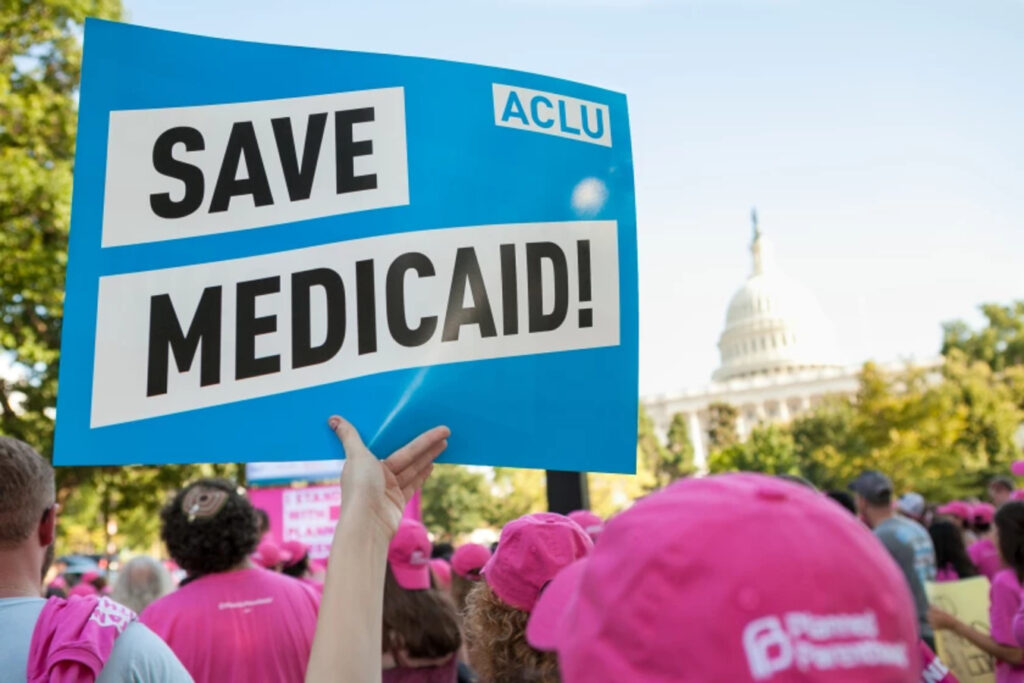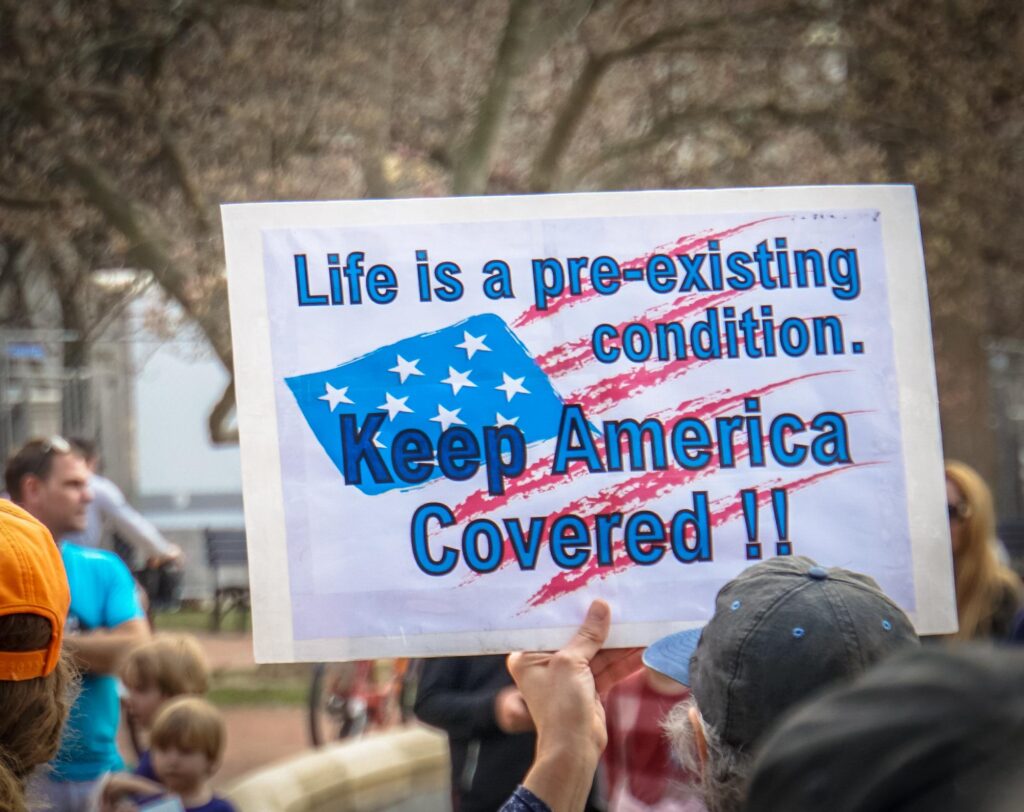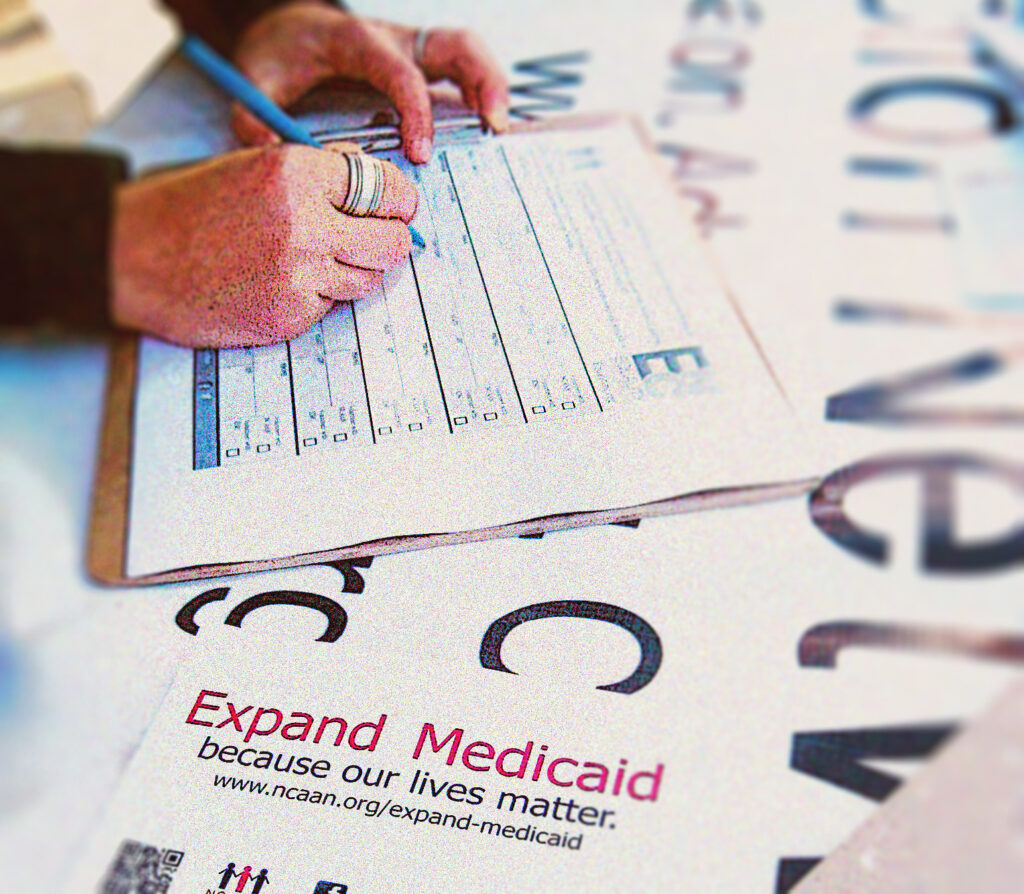Following the public health crisis that followed the COVID-19 pandemic, the federal government removed all previous restrictions on healthcare plans.

To this end, Medicaid provided “continuous coverage” to everyone who needed access to health care at government facilities. Medicaid became available to everyone as all the application bottlenecks that previously made it inaccessible to certain Americans were eliminated.
The First Domino Fell in March 2023
However, Medicaid’s free-for-all narrative began to change in early 2023. After a large percentage of the American population had received vaccine shots, Medicaid decided to start unbundling the “continuous coverage” provided during the pandemic.

So this means everyone who gained access to Medicaid but did not meet up to qualification requirements started losing access, one state after the other.
Some States Are Conservative About Their Medicaid Data
Some states publish the monthly number of Medicaid beneficiaries who have lost their continuous coverage. According to KFF, a health policy research organization, at least 344,821 Americans lost their Medicaid coverage in May.

This figure does not reflect the total number of Americans who lost their Medicaid coverage because some states don’t make the data public.
Population Density is a Denominating Factor in the Medicaid Delisting
Nebraska is so far the top Medicaid loser, with about 114,600 people losing access. Less than 20,000 people lost their coverage in each of Wisconsin and Alaska. Louisiana reported a 56,900 reduction in the number of their Medicaid beneficiaries.

This decline in the number of Medicaid beneficiaries could indicate many things.
Financial Experts Have Something to Say About the Medicaid Decline
Alex Beene, a financial literacy instructor at the University of Tennessee at Martin, had a few things to say about the likely causes of the decline in Medicaid enrollment. He said, “The reality is there could be multiple factors, both good and bad, playing a part in the decline.”

For one, Beene suggests that the Medicaid enrollment decline is a result of a combination of high inflation and high unemployment rates.
ALSO READ: Housing Market Defies Historical Trends
Economic Realities Render Some Former Beneficiaries Ineligible
With the current state of the economy and the average American’s earning capacity, fewer people are likely to be eligible for Medicaid. Beene suggests that it is easy for some not to see how all those factors align to cause the decline.

Instead, the decline may be perceived as an act of recalibration after the attenuation of the COVID-19 pandemic.
Medicaid Lifted Heavy COVID-19 Burdens Thanks to State Interventions
During the COVID-19 pandemic, state governments worked on all cylinders to compensate for the sharp rise in unemployment and make health care available for all

Beene recollects how the number of Medicaid enrolments climbed to record peaks around that time. So, it would be a no-brainer if some people see what’s happening now as a natural decline from that peak.
Losing Medicaid Access for Unseeming Reasons
Nonetheless, it is necessary to understand that not everyone who lost their Medicaid coverage did so because of ineligibility. Some of these folks lost coverage for reasons as simple as a change in address or missing a deadline.

So, many of those who lost their coverage after March 2023 indeed qualify to enroll; however, procedural reasons removed them from the beneficiary list.
Millions of Americans Lost Access to Medicaid, but Some Reapplied
Yet another KFF report suggests that as many as 69 percent of those who lost their coverage did so because they did not complete the enrolment process.

Since the post-COVID unbundling of Medicaid began in 2023, over 23.7 million beneficiaries have been delisted from the health policy. This figure applies to all enrollees across the United States.
California, Texas, and Florida Are Top Losers
Like Alaska, states with low human population density had a relatively lower number of delisted Medicaid beneficiaries.

California, Texas, and Florida have experienced the largest Medicaid delisting regime since March 2023. In Florida, 1.3 million people lost access to their Medicaid policy, while 1.1 million and 1.7 million lost out in California and Texas, respectively.
ALSO READ: A GoFundMe Campaign For Donald Trump Raises Over $1 Million
Many Americans are Reverting to Home Remedies
However, in some states, delisted Medicaid beneficiaries have been able to reenroll for the policy. For example, right after the 2023 unbundling commenced, Texas struck out about 2.1 million Medicaid beneficiaries, mostly children.

According to the CEO of a Texas-based insurance company, Chris Fong, “The health care situation in Texas is very challenging, which is causing many people to go without health insurance in Texas.”
A Rude Shock During the Next Visit to the Doctor
It can be a bit shocking when an American suddenly realizes that they no longer have access to their health insurance. The shock comes mostly from the fact that many of these folks cannot self-fund their health care.

Unfortunately, it is clear that many Americans don’t get prior notice before being delisted from Medicaid. Perhaps they would have appealed or done the needful if permitted. However, many only find out during their next visit to the doctor.
You Might Also Like:
s This Fair? Paying $70 for Extra Legroom While Others Get It for Free
US Officials Raise Alarm Over Fraudulent SNAP Transactions
Couple Forced To Sell Their $2 Million Dream House for Only $200,000
Chicago Man Fights Back As His Property Tax Jumped From $1,800 to $30,000 in 2024
A Family Hangs a Painting on Their Wall for Decades, Only To Discover It’s Worth Over $100K

